Climbing Tape – A Climber’s Guide to Protection and Performance
Climbing tape is a small but essential tool in every climber's gear bag. Whether you're dealing with skin tears, finger strain, or wrist discomfort, the right tape can make all the difference. In this guide, we’ll explore why climbers use tape, how to apply it effectively, and how to choose the best one for your needs.
Why Do Climbers Use Tape?
Climbing puts a lot of stress on your hands, fingers, and wrists. Tape helps by:
- Protecting the skin: Prevents flappers, covers cuts, and reduces friction on rough climbing holds.
- Supporting injured fingers and tendons: Offers structural support to reduce strain on pulleys and joints, essential for injury prevention.
- Enhancing wrist stability: Helps reduce excessive movement and strain during rock climbing.
Types of Climbing Tape
Not all climbing tapes are the same. Here are the main types:
- Elastic vs. Non-Elastic Tape: Elastic tape allows movement and flexibility, while non-elastic tape provides rigid support for injury prevention.
- Width Variations: Narrow tape (1 cm) is great for fingers, while wider tape (2 cm or more) works well for palms and wrists.
- Adhesive Strength: Some tapes have stronger adhesive, making them more durable but harder to remove. Others are gentler on the skin, ideal for sensitive climbers.
How to Use Climbing Tape Effectively
Taping for Skin Protection
- Cover cuts and flappers to prevent further tearing while climbing.
- Wrap tape around damaged skin to create a protective barrier against rough climbing holds.
- Use a "X" pattern over knuckles to maintain flexibility while bouldering or sport climbing.
Taping for Finger Support
- Pulley Protection: Wrap tape tightly around the base of the finger to support injured pulleys, a common issue in climbing injuries. Similar to above, using an "X" pattern over knuckles ensures a stable yet flexible support.
- Buddy Taping: Tape an injured finger to a neighboring finger to reduce movement and strain, helping with tendon recovery.
Proper taping techniques can enhance support, prevent injuries, and keep you climbing stronger for longer.
Taping for Wrist Support
Why Use Tape for Wrist Support?
- Stability & Compression: Prevents excessive movement and reduces wrist strain, crucial for rock climbers.
- Injury Prevention: Supports tendons and ligaments, reducing the risk of wrist injuries during dynamic moves.
- Pain Relief: Helps manage discomfort from previous wrist injuries, improving climbing endurance.
How to Tape Your Wrist for Climbing
- Start Below the Wrist – Wrap the tape around the base of your wrist snugly but not too tight.
- Continue Wrapping in a Circular Motion – Layer the tape evenly around the wrist, covering a broad area for balanced support.
- Avoid Over-Tightening – Ensure the tape provides support without restricting blood flow or mobility.
- Secure the End – Press down the final wrap firmly to keep the tape in place during climbing sessions.
Taping for Crack Climbing
Crack climbing involves jamming your hands into cracks, which can be tough on the skin. Many climbers use tape to create "tape gloves," offering protection against abrasions while maintaining grip. A well-applied tape glove can provide a good balance of durability and sensitivity, allowing for better hand jams without excessive bulk. We’ll cover this technique in detail in a separate article, so stay tuned!
Choosing the Right Climbing Tape
When selecting climbing tape, consider:
- Adhesive Strength: Strong adhesive for durability, weaker adhesive for easier removal after long climbing sessions.
- Flexibility: Elastic tape for movement, rigid tape for support, depending on climbing needs.
- Breathability: Some tapes allow airflow to reduce sweat buildup, keeping hands dry for better grip.
For bouldering and sport climbing, a mix of flexible and rigid tape works best. Crack climbers may prefer thicker tape for added palm protection, especially for crack climbing techniques.
Common Mistakes When Using Climbing Tape
Avoid these common errors:
- Taping too tight: This can restrict blood flow and cause discomfort, affecting climbing performance.
- Using tape as a long-term solution: Tape should support recovery, not replace proper rehab and strength training.
- Choosing the wrong type of tape: Using rigid tape for flexible support or vice versa reduces effectiveness, impacting climbing safety.
Where to Get Quality Climbing Tape
If you're looking for high-quality climbing tape, check out the BP Climbing Tape, available at Boulder Planet Showroom. This tape comes in a tin of two rolls—one 1 cm wide and one 2 cm wide—giving you the perfect combination for different taping needs. Use the 1 cm roll for precise finger taping and pulley support, while the 2 cm roll is ideal for wrist stability and larger coverage areas like tape gloves for crack climbing. Designed for durability and comfort, BP Climbing Tape offers excellent adhesion without leaving behind sticky residue. Get yours today at Boulder Planet Showroom!

Whether you're protecting your hands, fingers, or wrists, BP Climbing Tape is the tape of choice for climbers because of its reliable adhesive and durable construction.
Final Thoughts
Climbing tape is a valuable tool for protecting your skin, supporting your fingers, and stabilizing your wrists. Knowing how and when to use it can keep you climbing stronger and longer. If you need quality climbing tape, visit Boulder Planet Showroom and get the best gear to support your climbs!



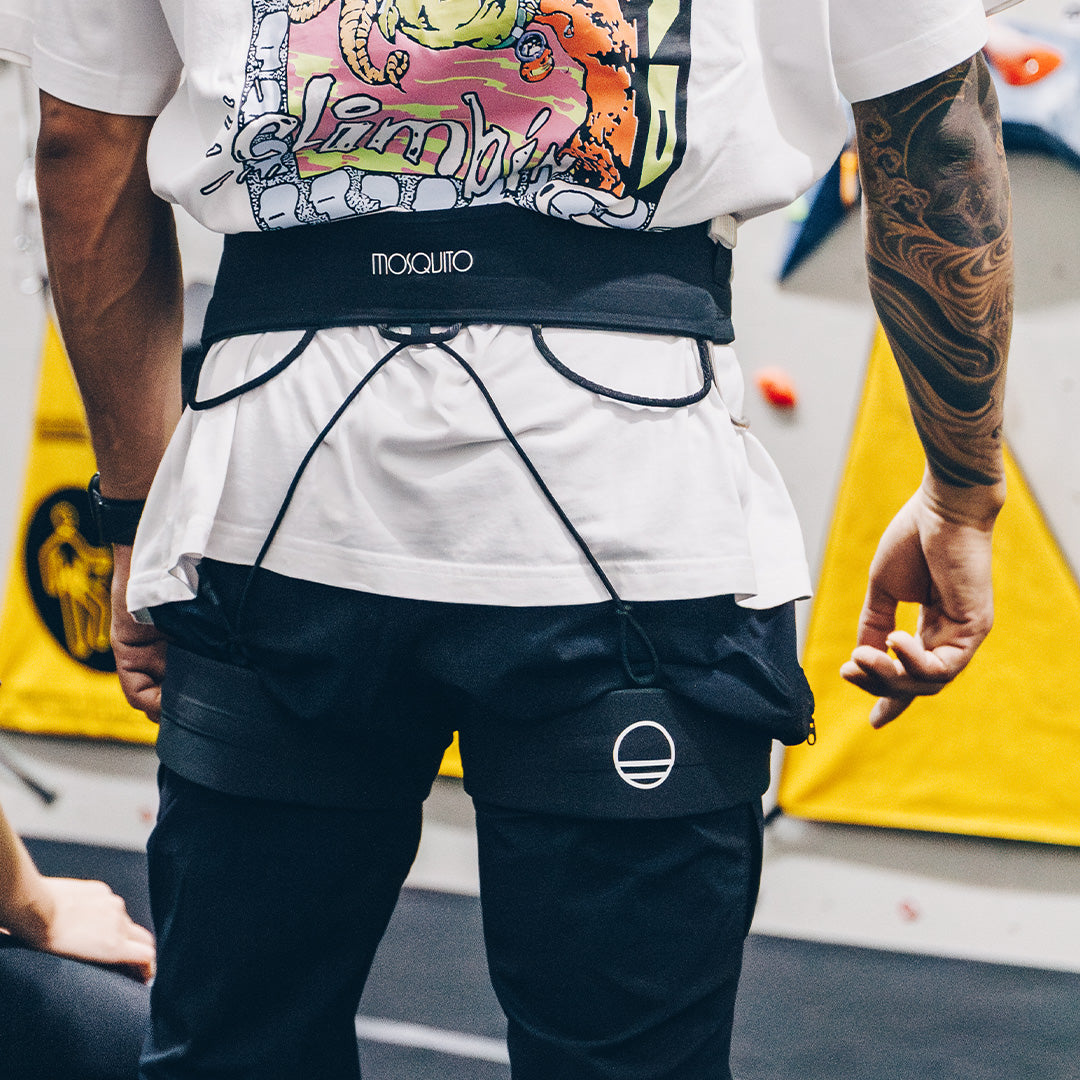


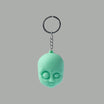
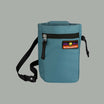

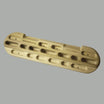

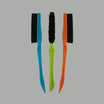
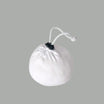
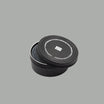
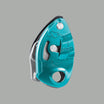
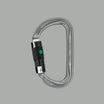
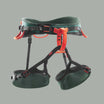
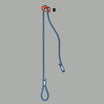
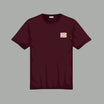
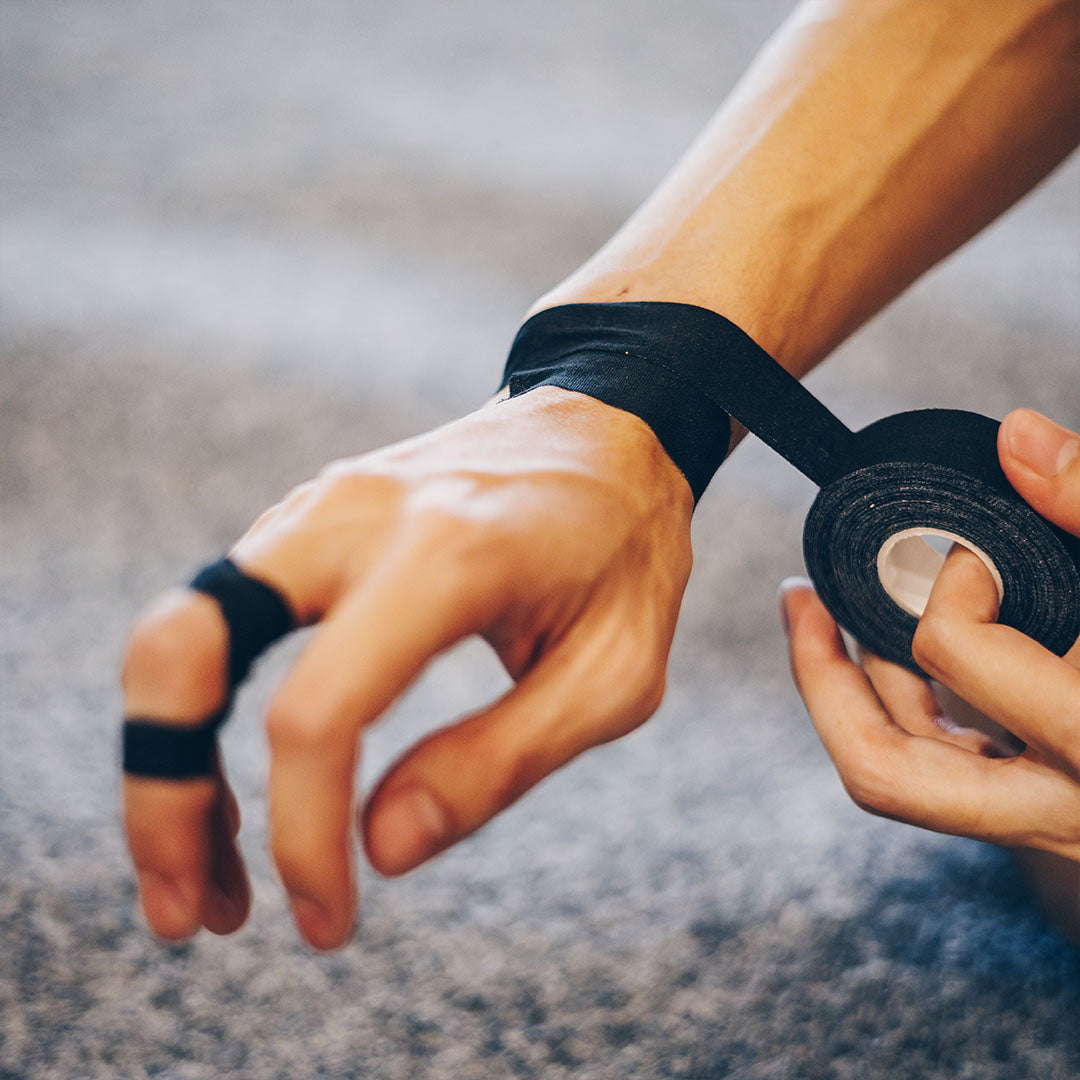

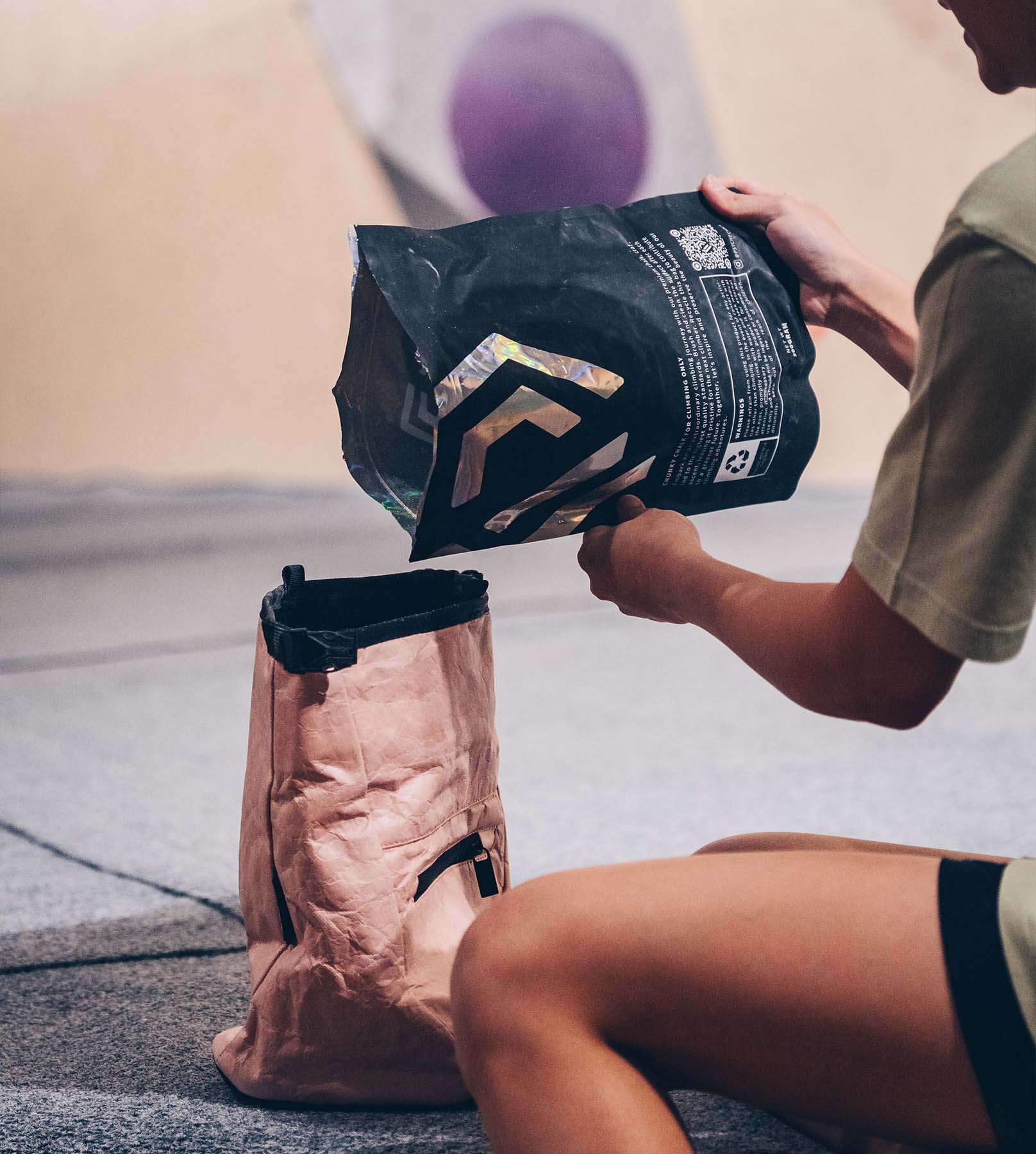
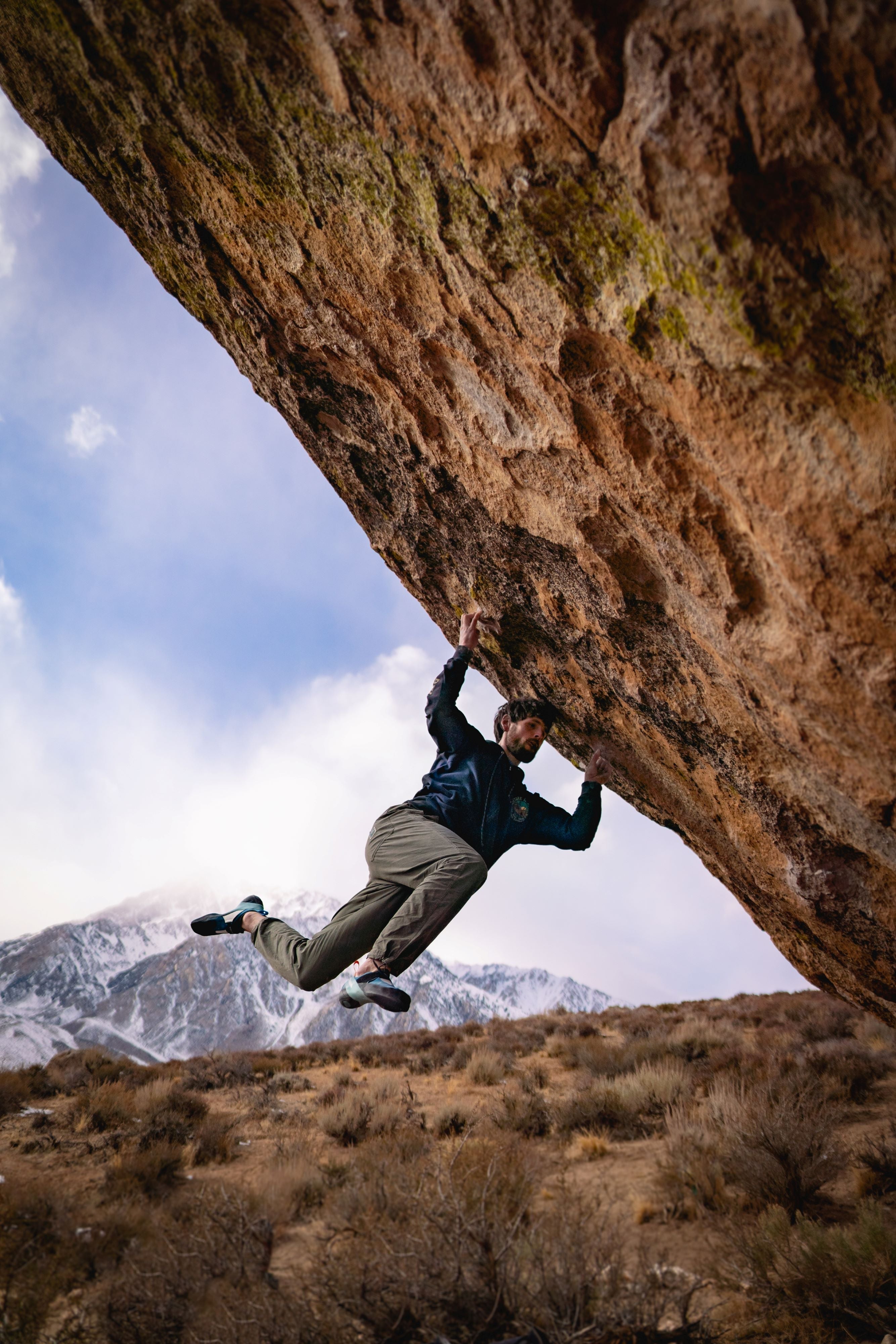


Leave a comment
This site is protected by hCaptcha and the hCaptcha Privacy Policy and Terms of Service apply.